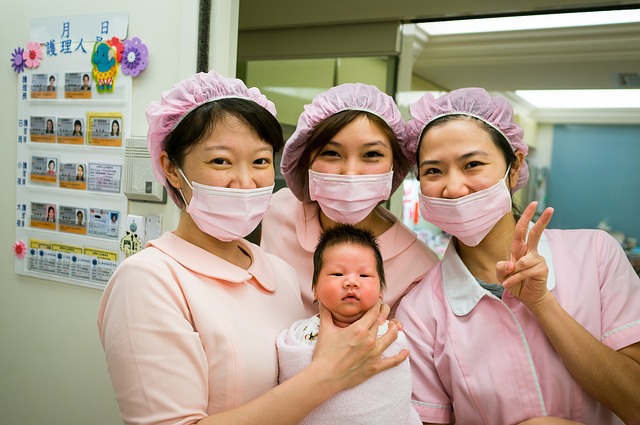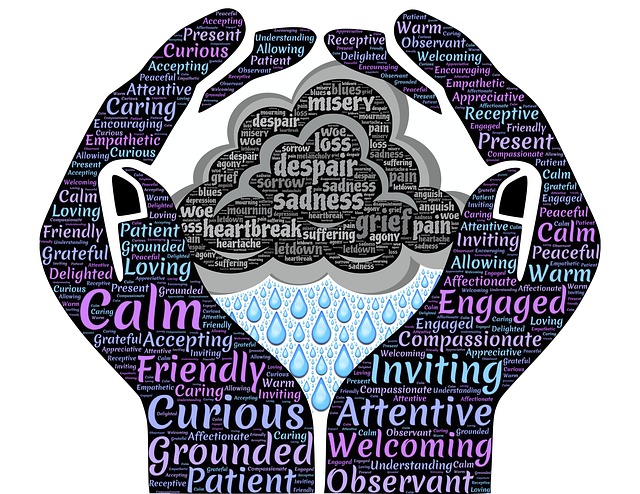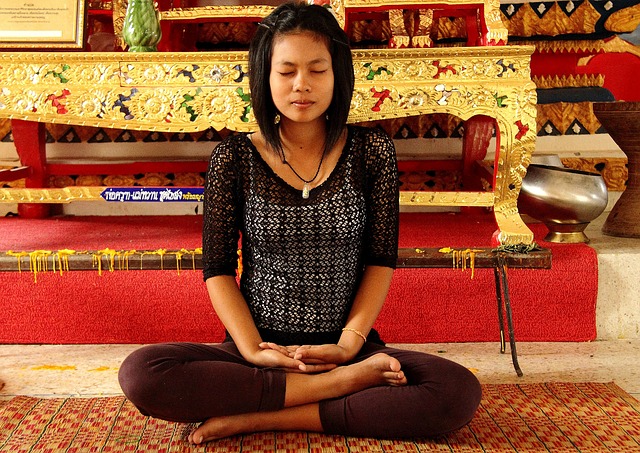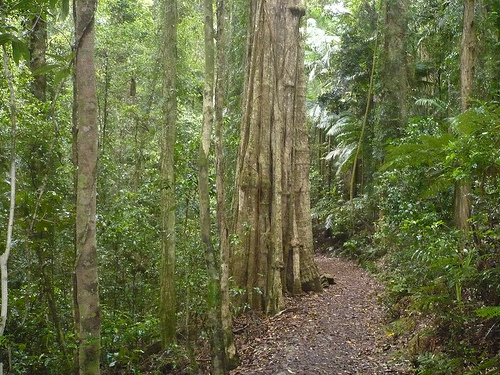In the previous post, I explored the benefits of mindful breathing in terms of increased self-awareness and self-management and the capacity to become more in touch with our breathing. As we develop our mindfulness practice, we are able to move beyond breathing mindfully to recognise our emotions and feeling states.
The emotional roller-coaster of life
Feelings are “part and parcel” of being human. If we ignore them or suppress how we feel, emotions will take over our lives – we will be controlled and overwhelmed by them. Previously, we saw the physical and psychological damage caused by suppressed feelings in a toxic work environment and when midwives suffered trauma in silence following a critical incident.
We can allow emotions to work for us or against us – we can learn to recognise them and treat them with loving awareness and kindness. Too often we attempt to deny or ignore our painful feelings because they cause discomfort and upset our expectation of a pleasant life. Jack Kornfield, in the Power of Awareness Course, reminds us that we seek to make our life comfortable in so many ways – we seek the comfort of air conditioning or a soft pillow or mattress. He points our that we try to deny the conflicting reality of being human – lives that engender joy and pain; praise and blame; elation and depression; happiness and sadness; gain and loss.
We assume that things will go along as expected – until we are confronted with a serious illness or a substantial loss or defeat. Jon Kabat-Zin suggests that it is “certifiably absurd” to assume that things will always go on the way they are now. He argues that “stress really has to do with wanting things to stay the same when they are inevitably going to change” – the fundamental “law of impermanence”.
Mindfulness and recognising our emotions
Mindfulness meditation can give us the capacity to handle the wide range of emotions that we will have to deal with in life. This is not to say that we will not experience upsets or “come to grief”, but that we will reduce our reactivity to these emotions and regain balance more easily – we will have the ability to “bounce back” more quickly. In other words, we will develop our resilience. Jack Kornfield reminds us that recent neuroscience research confirms the view that mindfulness builds resilience and creates a “window of tolerance” – a greater openness to life events that we experience as adverse or painful.
Matt Glaetzer epitomised this expanded tolerance of adverse events in the Commonwealth Games on the Gold Coast, Australia, in 2018. Matt was world champion and Commonwealth Games record holder for a sprint cycling event he contested and was also the fastest qualifier for the 2018 sprint event. Yet he was beaten by the slowest qualifier, Malaysian Muhammad Sahrom, and was eliminated from the race and did not make the quarter finals. Matt was “gutted” and devastated by this defeat and the loss of a real gold medal chance.
However, Matt had to race the 1,000 metre individual cycling sprint the following day. He went on to win this time trial race and the Gold Medal. When asked how he recovered his balance, Matt stated that “I had to regroup, sometimes things don’t go the way you plan them”. He sought out the support of family, team mates and friends; said a prayer; and reset his mind to get his “head space in the right area“. This changed mindset involved not wallowing in his utter disappointment but focusing on winning a gold medal for Australia. Matt faced the depth of his emotions and feelings after the embarrassing loss and focused his mind on his next goal, rather than “beat up” on himself for making a bad tactical error in the first race.
As we grow in mindfulness, we can liberate ourselves from the potential tyranny of our emotions by recognising them for what they are, by understanding their influence on our thinking and behaviour and by taking constructive steps to manage our emotions to gain self-acceptance and balance and avoid reactivity.
By Ron Passfield – Copyright (Creative Commons license, Attribution–Non Commercial–No Derivatives)
Image source: courtesy of alfcermed on Pixabay
Disclosure: If you purchase a product through this site, I may earn a commission which will help to pay for the site, the associated Meetup group and the resources to support the blog.






